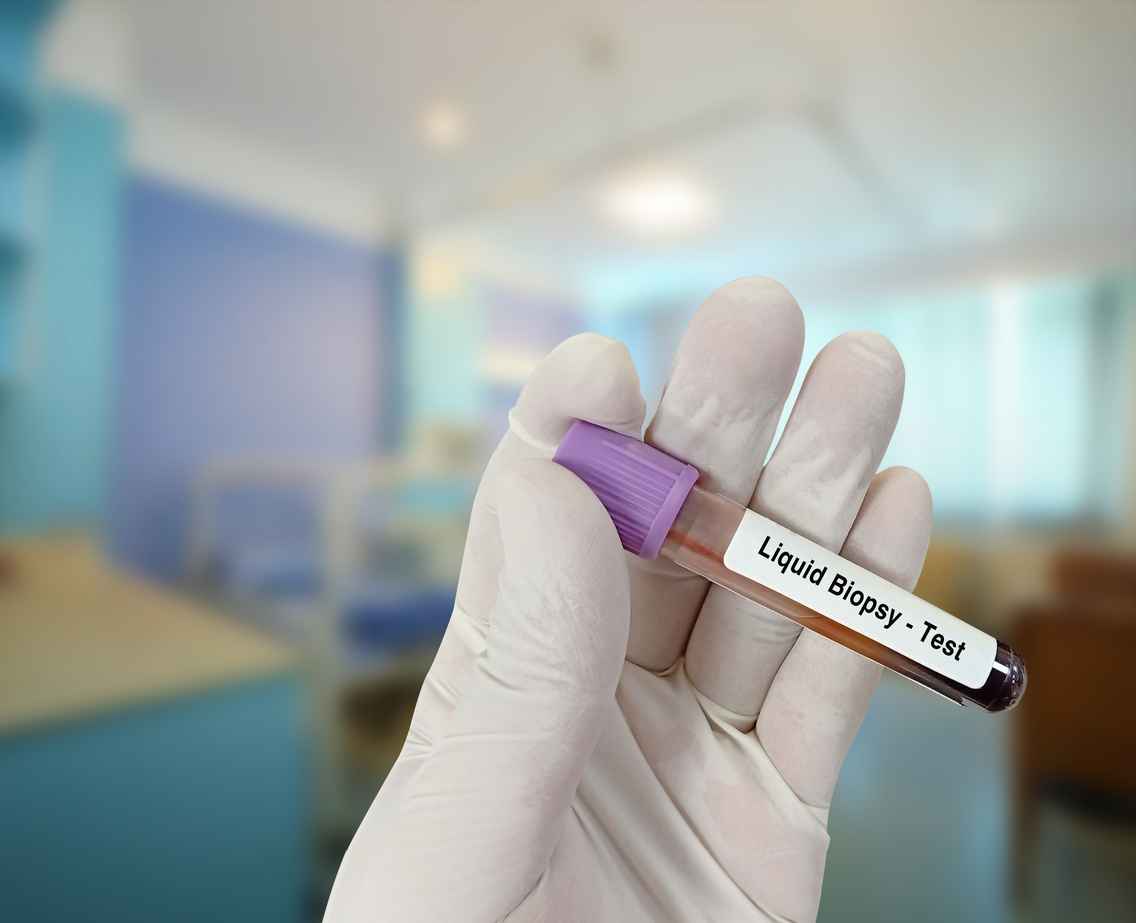2025-06-11
cfDNA put to the test in lung cancer screening
Oncology
Lung cancer remains the leading cause of cancer-related death worldwide. This high mortality rate is largely due to the fact that diagnosis often occurs at an advanced stage, when therapeutic options are limited and less effective. In this context, early and reliable screening is essential to improve patient outcomes.
Currently, low-dose computed tomography (LDCT) is the recommended screening method for high-risk populations, particularly heavy smokers. However, its use is hindered by several limitations: a high rate of false positives leading to unnecessary invasive procedures, cumulative radiation exposure, and significant healthcare costs.
To overcome these challenges, research is turning to less invasive and potentially more specific approaches. Among them, liquid biopsy is generating growing interest. This method is based on the analysis of circulating tumor DNA (ctDNA) detected in blood, paving the way for simpler, safer, and potentially earlier screening.
The objective of this study was to evaluate the diagnostic performance of liquid biopsy in lung cancer screening among high-risk populations, comparing it with conventional methods such as LDCT.
Can cancer be detected in a drop of blood?
Forty-four studies evaluating methylation markers of circulating tumor DNA for lung cancer screening were selected. Extracted data included sensitivity, specificity, and types of markers used.
The data were aggregated through a meta-analysis adjusted for inter-study heterogeneity. Subgroup analyses examined the impact of tumor stage, histological type, and genetic panel composition.
The results revealed a mixed diagnostic performance. The overall sensitivity of the test was relatively modest, reaching 54%, meaning that about one in two cancer cases goes undetected. On the other hand, specificity was high at 86%, reflecting a reliable ability to correctly identify healthy individuals with a limited false-positive rate.
A more detailed analysis showed that the test performed significantly better under certain conditions. It was more effective at detecting cancers at an advanced stage, with sensitivity rising to 77%, compared to 50% for early-stage cancers. The test also showed superior effectiveness for small-cell lung cancer compared to non-small-cell lung cancer. Furthermore, genetic panels combining several markers performed better than those relying on a single biomarker. Among the most frequently studied and promising genes were RASSF1A, APC, SHOX2, and SOX17, which appear to play key roles in the diagnostic potential of this approach.
Not yet ready to replace the CT scanner
Lung cancer remains a formidable disease, primarily because it is often diagnosed late, when curative options are limited. Improving early detection is therefore a major challenge. One of the main difficulties in screening lies in balancing sensitivity and specificity. While LDCT is effective in identifying suspicious lesions, it also generates a high number of false positives, leading to unnecessary invasive examinations. The goal of this study was to assess to what extent methylation tests of circulating tumor DNA could serve as an alternative or a complement to imaging in lung cancer screening.
The findings confirm that, in their current form, these tests cannot replace CT scans due to insufficient sensitivity, especially for early-stage cancers. Too many cases would go undetected—precisely when intervention is most beneficial. However, their high specificity makes them strong candidates for complementary use. When used as a triage tool, these tests could help refine the interpretation of imaging-detected anomalies. A negative blood test, for instance, could support the hypothesis of a false positive on a scan, thereby avoiding costly, invasive, and stressful procedures for the patient. This combined strategy could improve the benefit-risk balance of screening and enhance its acceptability.
Given the current limitations, further research is needed. To integrate this approach effectively into clinical practice, standardization of analysis protocols and validation of these biomarkers in large-scale, prospective studies targeting high-risk populations are essential. These next steps are critical to making liquid biopsy a true asset in the lung cancer screening arsenal.
Read next: Breathing can kill—even without smoking.

Last press reviews
Does smoking during pregnancy protect against type 1 diabetes?

By Ana Espino | Published on November 24, 2025 | 3 min read<br>...
Digital rectal exam in prostate cancer screening: time to rethink its role?

By Carolina Lima | Published on November 20, 2025 | 3 min read<br>
Prostate cancer: could physical exercise be the key to regaining an active sexual life?

By Lila Rouland | Published on November 21, 2025 | 3 min read<br>...